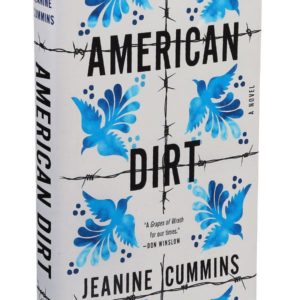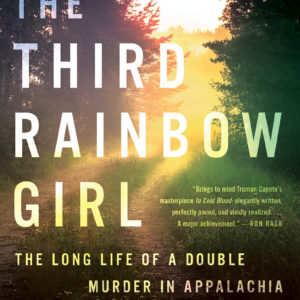New York Public Library books have been circulating among New York City homes for 125 years. Now the library system, the largest of its kind in the United States, has crunched the numbers to come up with the 10 most checked-out books in its history.
1. “The Snowy Day,” by Ezra Jack Keats (485,583 checkouts)
2. “The Cat in the Hat,” by Dr. Seuss (469,650)
3. “1984,” by George Orwell (441,770)
4. “Where the Wild Things Are,” by Maurice Sendak (436,016)
Click here to view original web page at www.nytimes.com
Truth and Fiction When Writing About Your Family
“There are always margaritas at these family reunions. I step through the door of my uncle’s house and within minutes someone hands me a frozen beverage in the same pink plastic glass, rim limed and salted, that I’ve been drinking from since I can remember. Kisses and hellos. The whizz and buzz of the sick-beige Oster blender. There used to be more bodies sprawled across these white couches and seated around this round table. Now, half the family doesn’t come to the reunion, and only hushed family drama takes up the extra lounge space. I exit the house.”
This anecdote is a fictionalization. My cousin was not mid-margarita when she said this; rather, after my book sold, she sent me a series of messages on Facebook. Her actual comments were A little autobiographical there eh lol. omg am I in it? will you tell me how you truly feel about me gahhhhhh
In her 1955 essay “Place in Fiction,” Eudora Welty talks about the writer’s role in managing reality: “The business of writing, and the responsibility of the writer [is] to disentangle the significant—in character, incident, setting, mood, everything—from the random and meaningless and irrelevant that in real life surround and beset it. It is a matter of his [the writer] selecting and, by all that implies, of changing ‘real’ life as he goes.” Being a writer of a certain type of fiction, in other words, is about taking reality and making it make sense for the narrative at hand. Meaning sometimes a writer has to do a lot of altering to real things, real people, real stories; Meaning you ultimately disappear from the narrative even though your t-shirt remains on the bed in chapter four.
Click here to view original web page at lithub.com
Writing About the Border Crisis, Hoping to Break Down Walls
During one of many harrowing moments in Jeanine Cummins’s new novel, “American Dirt,” the protagonist, a bookstore owner named Lydia, has a jarring realization.
Lydia and her 8-year-old son, Luca, are fleeing from their home in Acapulco, Mexico, after hit men from a drug cartel killed 16 members of their family. Traumatized and desperate, Lydia hatches a risky escape plan: She and Luca will disguise themselves as migrants and attempt to cross the border into Arizona. As she researches what they will need to survive the journey, it dawns on Lydia that she and Luca aren’t pretending. They “are actual migrants.”
“All her life she’s pitied those poor people,” Cummins writes. “She’s wondered with the sort of detached fascination of the comfortable elite, how dire the conditions of their lives must be wherever they come from, that this is the better option.”
Click here to view original web page at www.nytimes.com
No One Is Disposable: Talking with Emma Copley Eisenberg
Emma Copley Eisenberg’s stunning debut, The Third Rainbow Girl: The Long Life of a Double Murder in Appalachia, in which she chronicles her time living in Pocahontas County, West Virginia and delves deeply into the murder of two women there decades earlier, was an unlikely read for me. My mother was murdered in 1994, and although I’ve written a book about it, I tend to shy away from true crime accounts. Too often, they are sensational, prurient—the humanity of the victim lost in the story of their killing. Over the six years of writing my own true crime memoir, I struggled with the question of whether the story I was telling was inevitably ethically flawed, whether I, too, was turning pain and trauma into entertainment. Knowing that Eisenberg had tackled that question and more, I was curious to see how someone else approached the task of creating a work that necessarily contained elements of true crime while critiquing its own genre.


